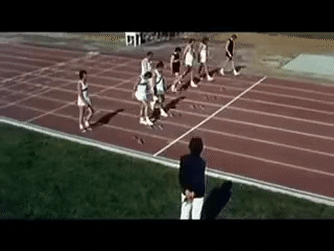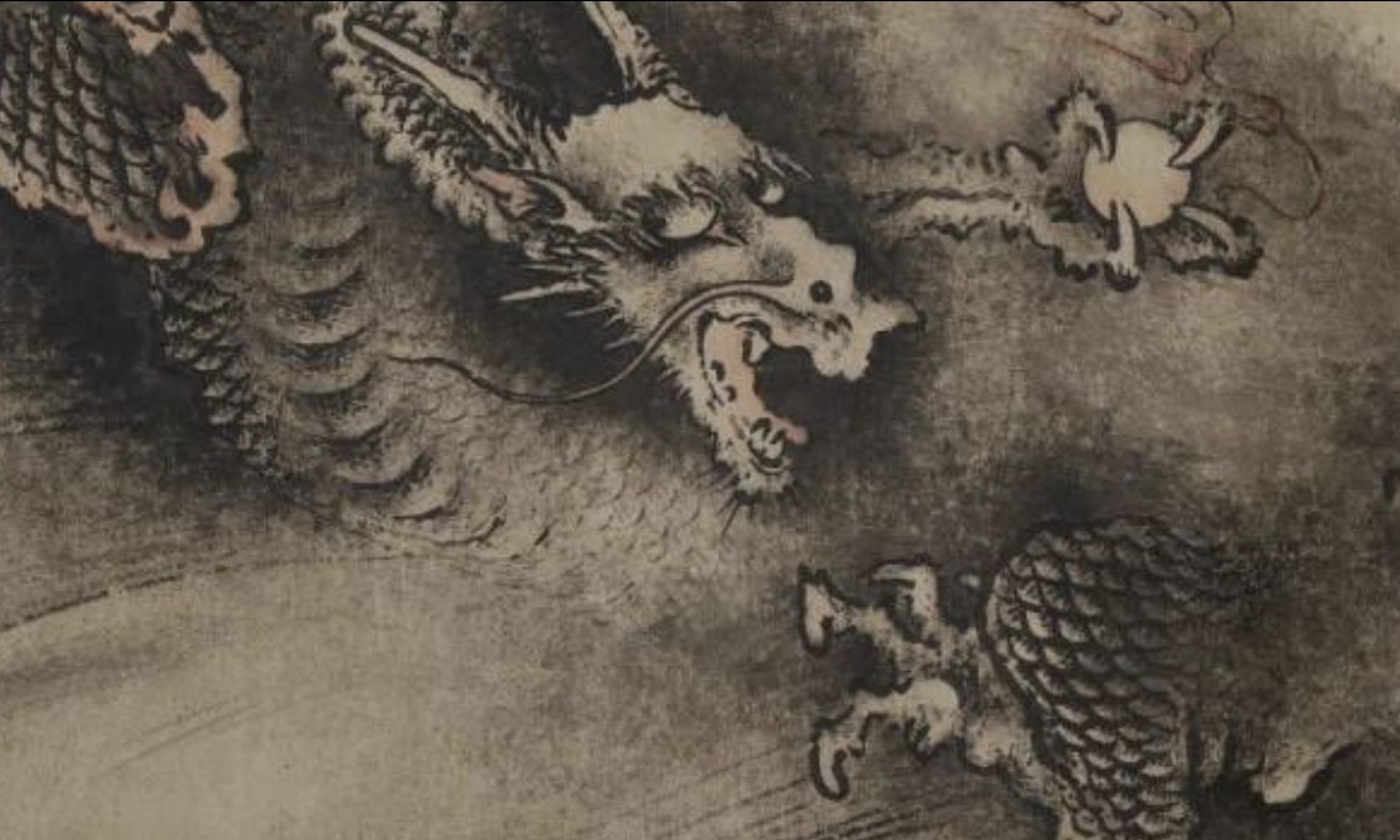Let’s review. In 1962 Thomas Kuhn came out with a book: The Structure of Scientific Revolutions. If you’re unfamiliar with the thing, well … moving right along. Actually, as I have not read it, well, you know, it’s no big deal. It’s one of those books I feel I understand just from the title … and maybe a book jacket blurb … but it doesn’t take much. And to check that my complaisance is warranted, I went to Wikipedia. There I found a summary, but one written in a more stilted style than I felt necessary, so here is my rewrite, summarizing the voyage from normal science, to paradigm shift, and beyond, where all men and women have gone before, because they can’t bloody help themselves.
Normal Science – Resistance is futile; obedience is mandatory. Given the absence of any reason to question the dominant paradigm, if you do not already have an established career, but aspire to have one, then do not question the authority of the keepers of the holy flame.
Extraordinary Research – Oh, fuck, who ordered that? Anomalies accrue. Think a car windshield in the morning after a night of freezing rain (data inconsistent with dominant paradigm). On the assumption the vehicle was left out all night, its windshield is now useless.
Adoption of a New Paradigm – Obviously the only course of action open to the theoretical researcher is to break the windshield and replace it with a new paradigm that is not made unusable by a layer of anomalous ice that prevents any view into the future.
Aftermath of Scientific Revolution – The new windshield in place, everyone settles back into the lowest energy state (Normal Science), and the old windshield, when mentioned at all, is done so with an air of insufferable superiority over the old farts who for years felt it was sufficient, and resisted its replacement. New farts rule!
So, 1962. Theoretical physics (TP), and many other sciences, were popping at the time. The TP revolutions of the late nineteenth and early twentieth centuries were crystallizing into a form that would withstand just about everything the experimentalists could throw at them. What to do.
Here’s the problem. Think back to the revolutions in the art world beginning, say, with Monet, and going as far as Picasso. Old paradigms of what art meant were being augmented with new techniques and styles, to the displeasure of many. But the needs of the old farts were ignored, and the young turks achieved fame and glory. A paradigm had shifted … but what paradigm? For many the takeaway of this 60 year revolution was that revolution for revolution’s sake would lead to fame and glory for anyone “brave” enough to continue shattering paradigms. But in this context the ideas of Kuhn do not readily apply. The paradigms that broke in the world of art were like windows: you can only break a window once. (Not to be confused with the windshield mentioned earlier, so make it a locked door. You can only unlock the door once.) But the need to be perceived as a young turk overthrowing tired ideas – and the glory to which this would lead – was overpowering, with the result that a toilet was presented as a work of art. And in fact you’ll find a picture of that toilet in most books on the history of modern art; and not because it was in any sense groundbreaking, but because the art critics saw their futures wrapped up in this now avalanche of need to be considered cutting edge. The “artists”, and those who wrote about their “art”, had conspired together to create a fantasy world of nouveau kitsch. Ok, wait. That’s not right. It’s too organic to be labeled a conspiracy. It’s a phenomenon akin to a plant growing in the direction of the sun. Still …
The point is, there are parallels in the story of TP. Instead of Monet, we have Maxwell, and we replace Picasso with Dirac. As to the toilet, I would proffer the annoyingly persistent notion that observation – and even specifically human observation – is required for the collapse of a quantum wave function. (If you have a better toilet, use it.) And for sure the science media, and the ideas and practitioners about which they write, organically collude, together seeking out the sunshine of secure funding sources.
However, unlike the art world – at least I think it’s unlike – TP is viewed as working towards a goal. (Older and wiser (or at least crankier), I am no longer convinced that this goal is achievable, nor even that we would recognize it, were the TOE given to us on a silver platter by some really really advanced extraterrestrial intelligence. Oh, and by the way, they – the ETs – did give me bits of it, and these ETs are neither green nor grey; nor do they have the slightest interest in probing anyone’s anal passages.)
So, yeah, where was I? Right – so, there is one other parallel between the art world and TP: the erroneous takeaway from the successes of the past that being a young turk was all that was required to get an invitation to Stockholm. This lesson was reinforced by decades of such invitations being handed out from its inception in 1895, up to some time in the 1970s when the standard model (SM) was effectively complete. Since that time (Sabine’s 40 years), we’ve had GUTs, SuSy, strings, loops, WIMPs, axions – in short, a cornucopia of “Hey, look at my new idea … over here … no, it’s really great … look, look, mommy!” ideas promoted as passages forward beyond the SM.
Does any of this constitute Extraordinary Research, a la Kuhn? Is it based on the need to address accrued experimental anomalies? Well, not really. It was just busy work while the contestants waited for the LHC – if not to provide evidence that their shots in the dark were on the mark – at least to provide some juicy anomaly that they could sink their teeth into.
Anyway, I and others have beat this dead horse sufficient for the nonce. The LHC shut down, and the contestants raced away. Meanwhile the media have jumped on every Bigfoot sighting that could open a door to extending the SM. As my own work explains exactly the SM, I have little faith that the next out of focus picture of Bigfoot will prove The Chosen One.
I know I’ve said that – as far as TP is concerned – we now live in uninteresting times, but it’s worse than that. We now live in mushy times, times in which the notion of verification by consensus and similarly mushy ideas are taken seriously, promoted in support of old paradigms. We are locked in Normal Science, and getting beyond that may entail little or nothing more exciting than a slow drift away from where we are.
On your marks; get set; go!


